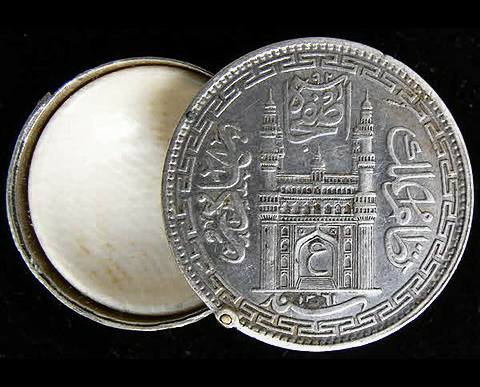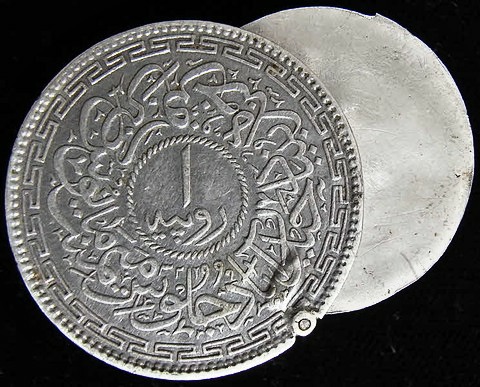
A coin can make the perfect secret hiding place. To the casual observer a coin is just a coin - but it could be much more. Splitting a coin in half and hollowing it out can hide a picture of a loved one, a secret map or even a means of escape.
This 'Cartwheel' Penny has been split and hollowed. The two halves fit snugly together
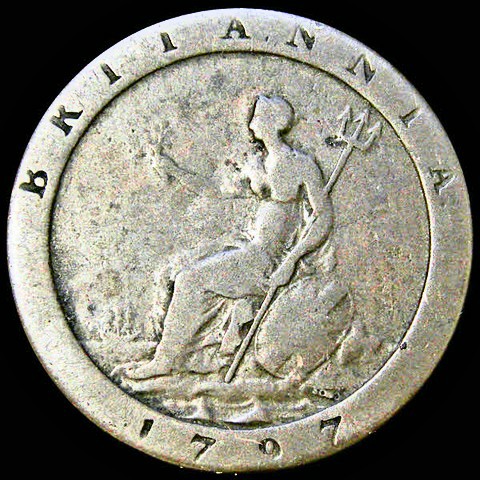
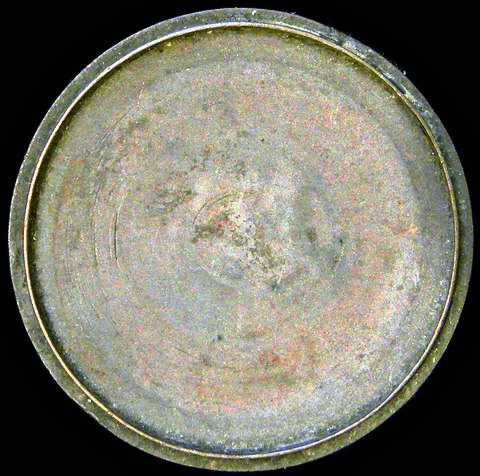
Clearly no longer used as a coin, this Maria Theresa restruck Thaler is designed as a pendant. This seems a suitable place to contain, and protect, an image of a loved one.
A most unusual item, this 'Cartwheel' Two Pence coin has been converted into a secret compass. Could it have helped a Prisoner of War escape to his own lines during the Napoleonic Wars?
So you want so keep your coins, or counters, somewhere safe. Keeping them in some sort of box is a good idea. And what could be better than puttting them in a box made of coins.
This copper Penny box of 1806 show the classic coin box pattern. A tube, engraved or stamped, to show an imitation of coins, edgewise, is capped at either end with a real coin. An obverse at one end and a reverse at the other.
This copper Halfpenny box of 1799 has more decoration and shows little attempt to imitate a stack of coins.
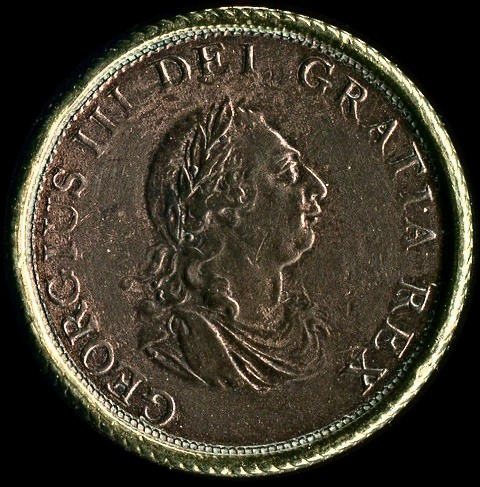
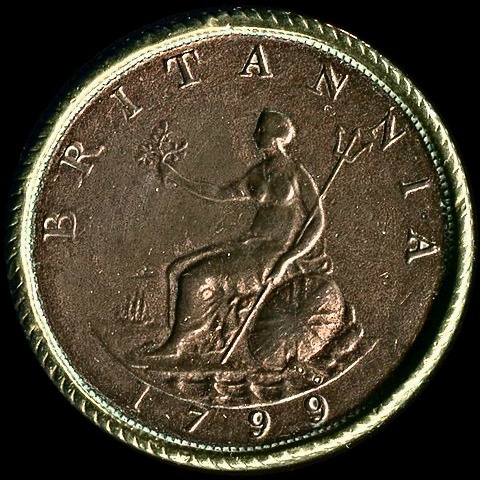
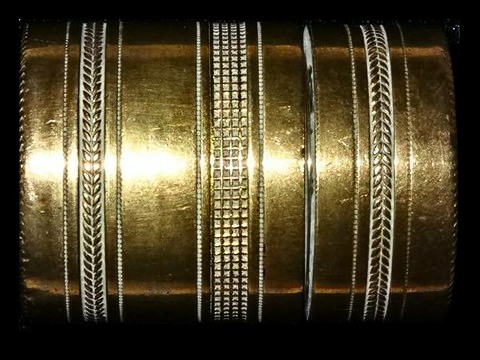
This box with an earlier copper halfpenny of George II, cc 1770-1775, probably utilises a cast copy of a genuine coin.
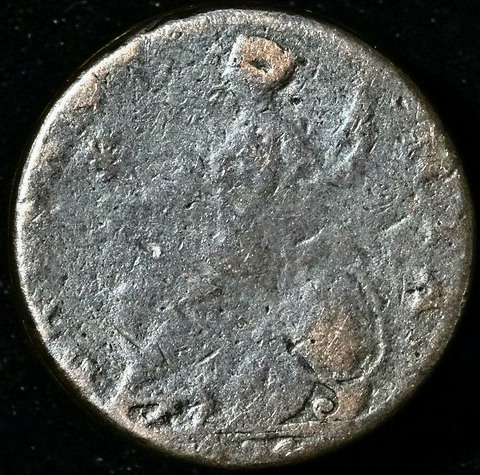
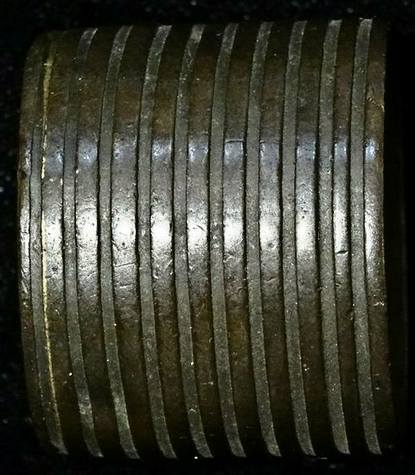
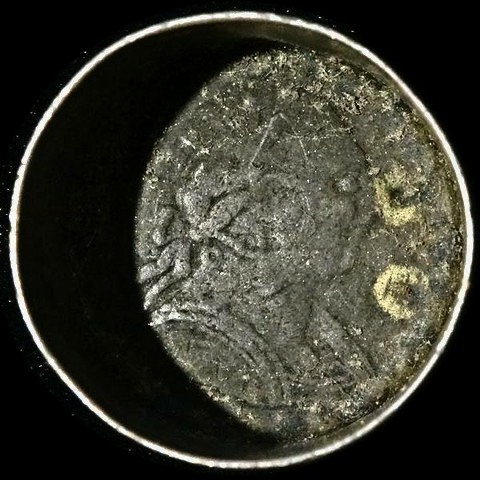
Boxes from India, made with genuine, or imitation, Rupee coins are not too uncommon.
This pair of boxes are made from 'Rupee' coins of Queen Victoria and Kinge George the Fifth.
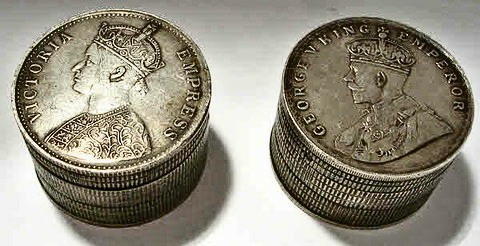
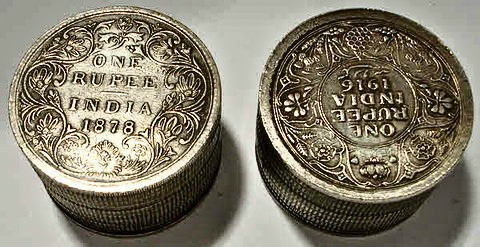
This box comes from the Indian State of Hyderabad. In this case the coins are Hyderabad Rupees. The milling on the tube is clearly wrong as this Rupee has a Dot and Bar edge.
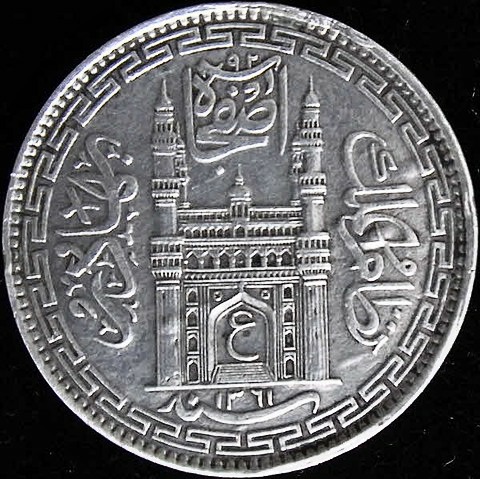
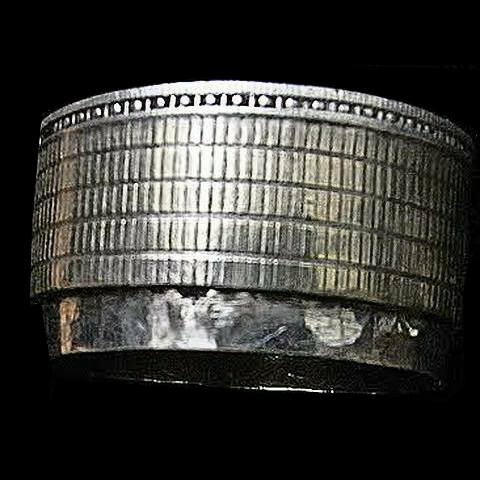
Another example of a Hyderabad box. This example is a bisected and hollowed out example. A pivotted hinge connects the two halves.
